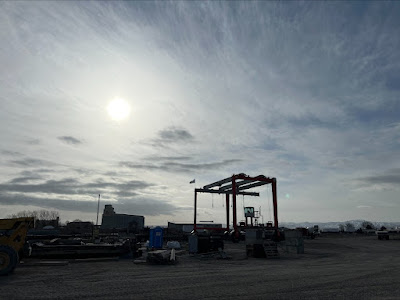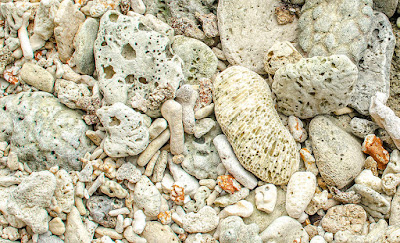18 April, 2023 - Week One
First day of my GeoJournal!
The day started clear and warm but the clouds are meandering in and supposedly mixed rain and snow. The clouds look to be Cirrus in nature at this moment. Our employment requires us to be outside year-round so I depend on accurate weather listings in order to pour and heat our concrete beds.
One of my favorite places in the United States is the Grand Teton National Park. The jagged peaks contain some of the oldest rocks in North America. The forces that lifted the Teton Range are geologically recent. The processes of metamorphism, mountain building and glaciation are all involved in the geologic history of the Teton Range.
Approximately 2.7 billion years ago seafloor sediments and volcanic debris were buried up to 20 miles deep due to the collision of tectonic plates. The heat and pressure from the collision changed the sediments and volcanic debris into a metamorphic rock called gneiss, a type of rock where light and dark minerals are separated into distinct layers. The rocks along the trail to Inspiration Point, one of the most popular trails within the park, are composed of gneiss.
Grand Teton National Park is located near Yellowstone National Park. Beneath Yellowstone is a hotspot, a surface-level expression of a mantle plume. The Yellowstone hotspot erupted west of the Teton Range five million years ago, triggering earthquakes and causing further uplift along the Teton Range. Yellowstone hotspot has erupted three times between two million and 640,000 years ago, and on top of Signal Mountain in Grand Teton National Park deposits from these eruptions can be seen by park visitors.



Comments
Post a Comment